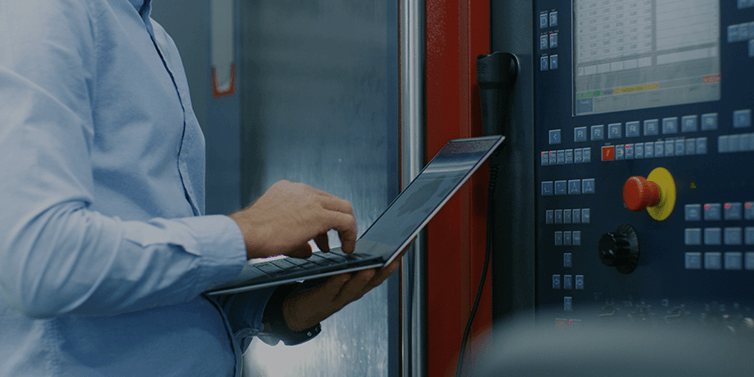Why the concept of technical support isn’t what it used to be ...
Customer support is one of those issues that is rarely praised but frequently criticized. As Warren Buffett put it, “It takes 20 years to build a reputation and five minutes to ruin it.” Competent technical support is even harder to come across, as the level of know-how it demands can filter out many potential candidates. The problem in the semiconductor industry is that support more often than none ends at design-in and doesn’t follow a company into the design win stage. This can be extremely frustrating as many storage designs develop even after mass production. There needs to be a consistent and deep understanding of the customer and their needs carried through all stages of the design process.
But what does support really mean? Good support results in higher customer satisfaction, cost reductions and increased revenue. Surveys show that the majority of customers will prefer a company that makes it easy to get the information or help they need. Nearly all customers are willing to pay more for better support. Providing good support also means that employees are happier, knowing that the customer is getting what they need.
What’s worth mentioning is, there is a big difference between the satisfaction levels of B2C and B2B customers. Surveys have found that B2B satisfaction levels are significantly worse than those of B2C. Companies providing support to end users typically have satisfaction levels in the 65 to 85% range, while support to businesses averages below 50%. As timescales and margins come under pressure, a lot of suppliers see customer support as an expensive overhead and are cutting back on it. Furthermore, support provided by some companies may be limited to an FAQ of common issues. These companies then push their customers to “the community”, i.e. other customers, for support. This often ends up with frustrated customers discussing, but never solving, a shared problem.
Of course, an important part of minimizing support issues is producing high-quality, reliable products. In our line of work, it’s imperative to not only deliver a high-quality product but also assist in the design process of the storage systems. That, in turn, means using high-quality components from suppliers who can provide you with the day to day support you need to get your products to market quickly. And who will continue to support you in the long term.
To support the design of reliable storage systems using our flash memory controllers Hyperstone is committed to using our 25 years of experience in delivering high-quality customer support. It’s something we are often praised for and it’s something we are proud of. We know that support doesn’t stop at design-in and we know that this is a problem encountered far too often in our industry. We want to build a long-term relationship with our customers because we know collaboration is key to a successful product.
Our support is built on several pillars:
- Providing pre-and post-sales technical support
- Supporting you through the entire product life cycle
- Providing continuous support & updates
- Guaranteeing long-term supply
Often large companies only invest in large accounts and ignore growing companies. We hear this argument all too often that larger companies gave inadequate or no support, especially after the design-in was officially won. Larger companies may have had a cheaper product, but the lack of support results in an ineffective solution resulting in frustrated customers and companies spending double in planned resources to make-up for the lack of support and a possible re-spin.
For too many companies, support stops once the business has been won. This is a serious problem for those companies who are designing products for markets that require longevity. The relationship you have with a supplier must be close and continuous to ensure that future developments, maintenance and finalized designs continue to be successful.
At Hyperstone we offer a high level of support which we are very proud of. First and foremost, we offer a turnkey solution, which includes hardware, firmware, design layouts, user manuals and the necessary support and experience you need to design a storage module. Our technical support team consists of engineers who work with you through every stage of the design of your product. Support at Hyperstone doesn’t stop once your product is deployed. We provide in-field firmware updates and advanced monitoring tools to continuously manage and optimize solutions.
For example, our hySMART™ tool, monitors the health of the NAND flash in your design. During qualification you can monitor life-time parameters such as block erase counts and bit errors to evaluate how the flash memory performs within your system. Once deployed in the field, you can remotely monitor the status of the system or issue warnings when the memory is approaching the end of its useful life.
Further optimization can be performed using the Use Case Tracker tool. This records details of how an application uses the flash memory by capturing data such as sequential and random read patterns, the size of data transfers and the total amount of data written and read. The Lifetime Estimation Tool can use this information to determine the optimal flash configuration for that use case. This can improve performance and extend the lifetime of the flash memory.
If you feel that you are not receiving the support you need to develop your storage solutions, maybe it’s time to contact Hyperstone. We know how important it is to grow, stay relevant and keep on designing.

